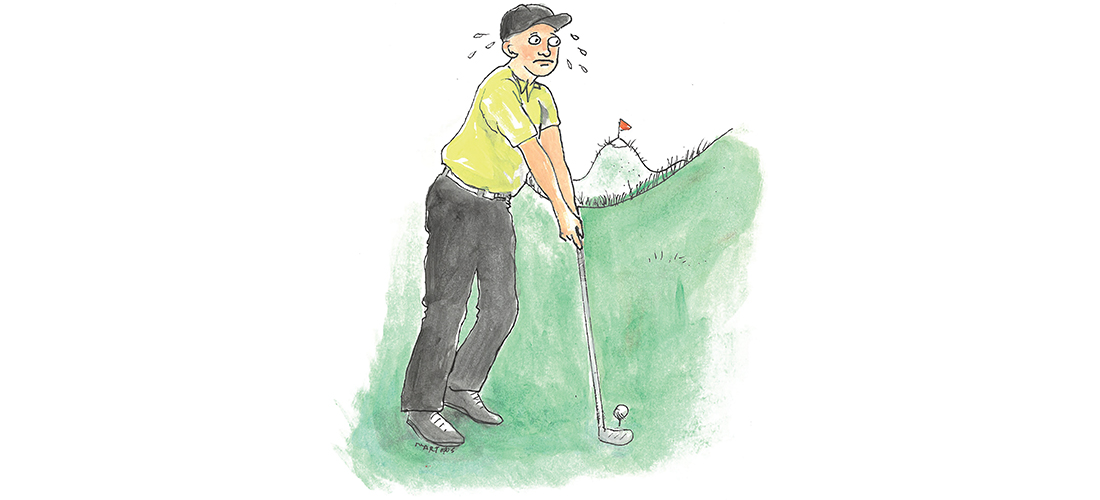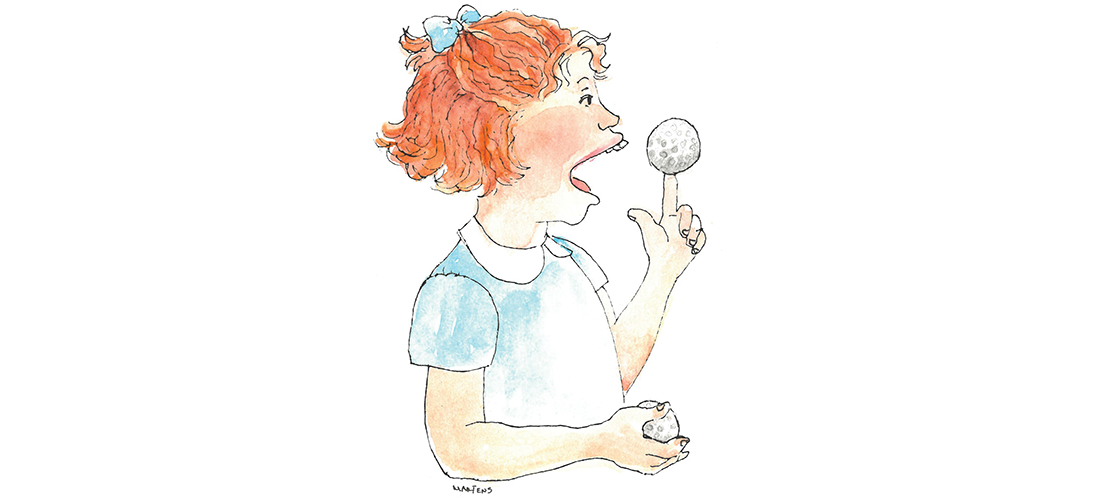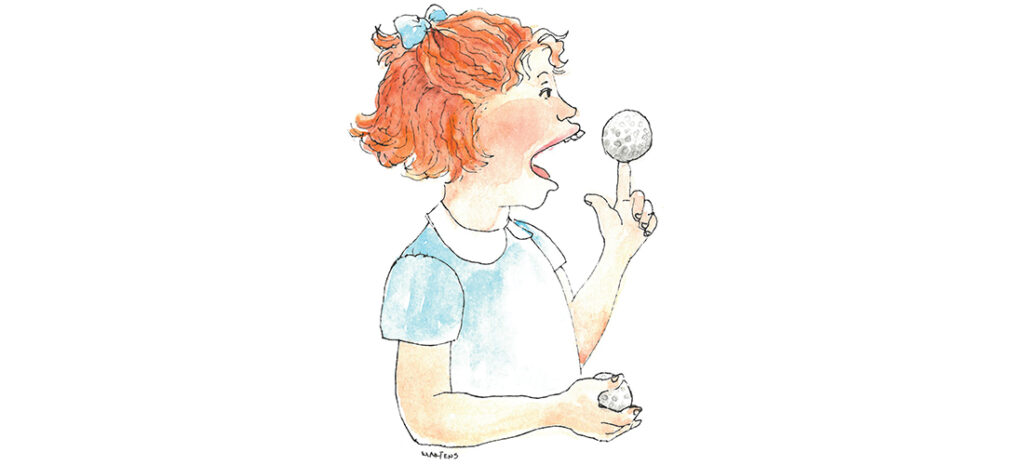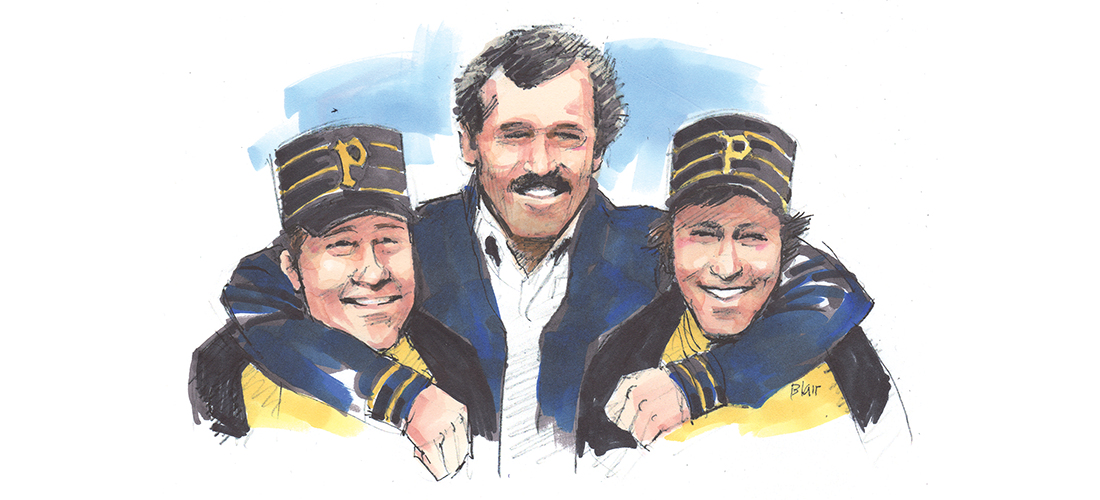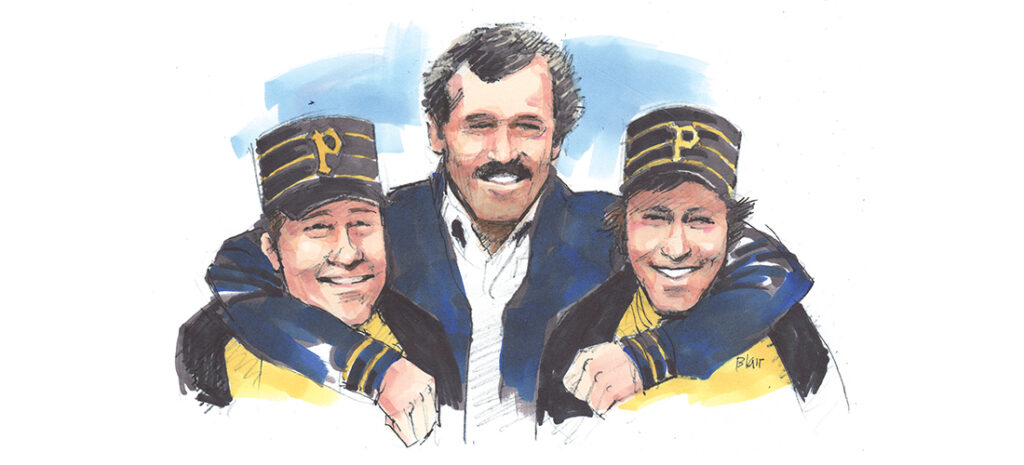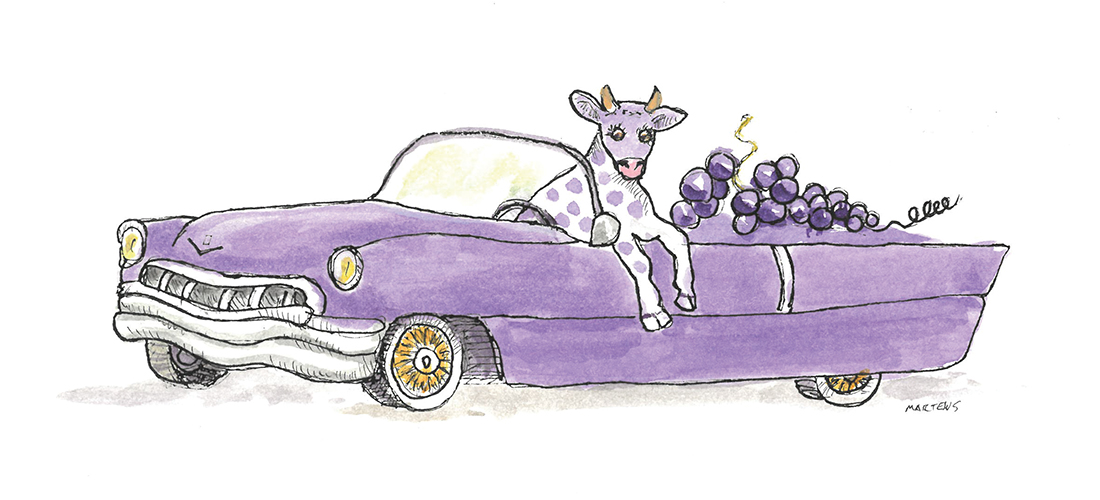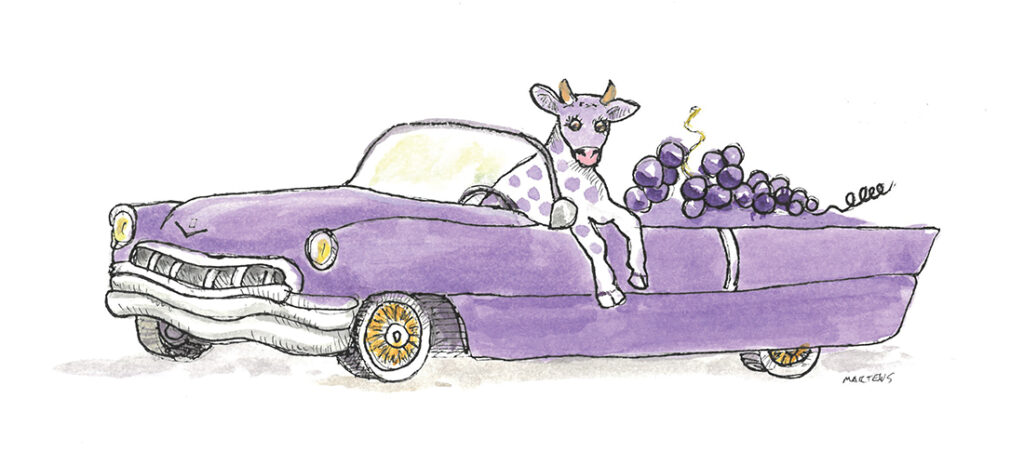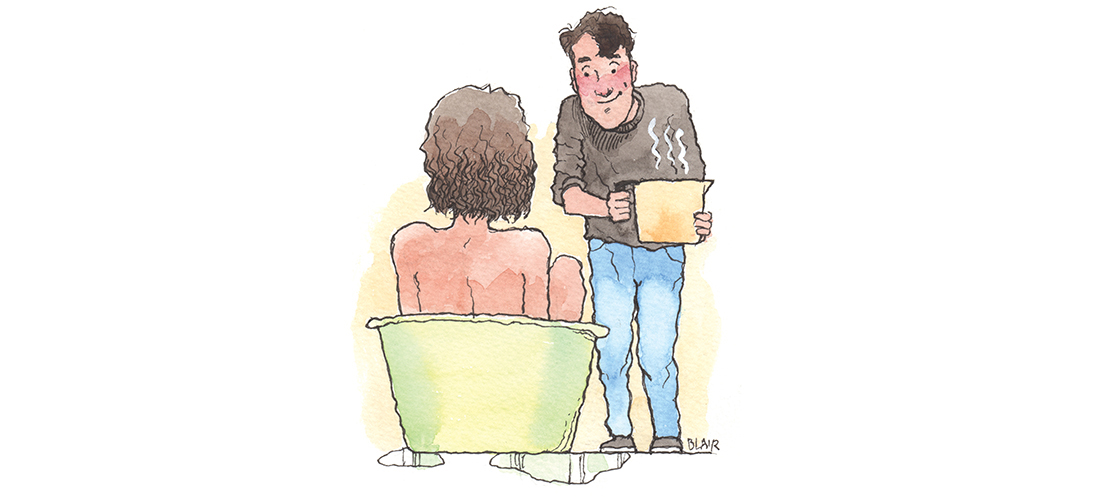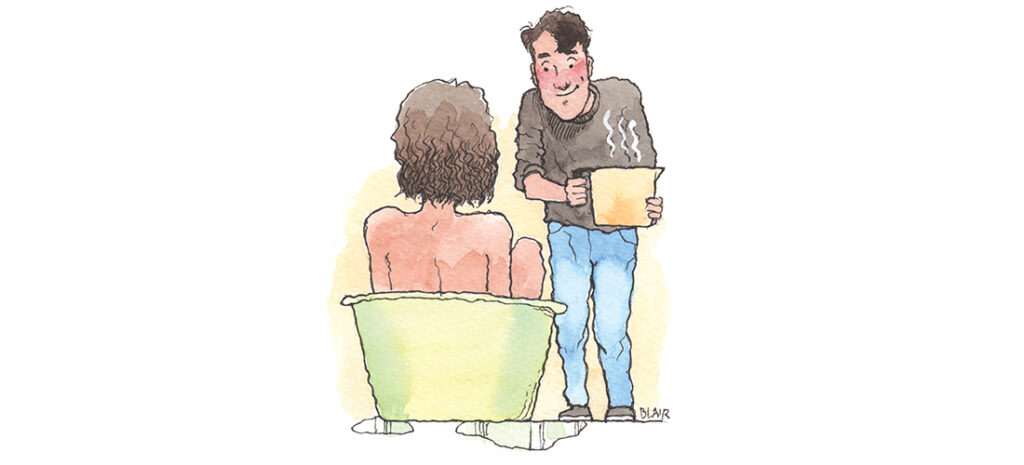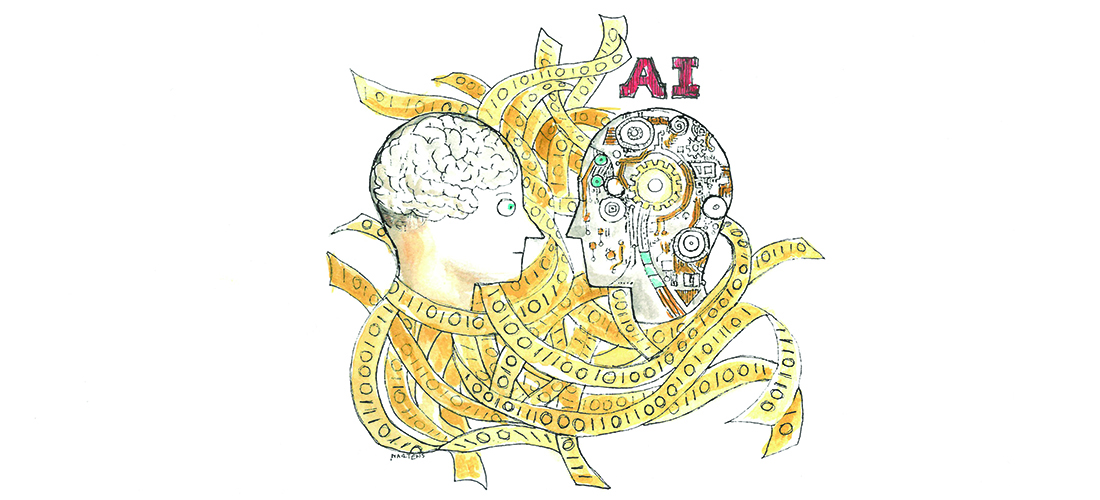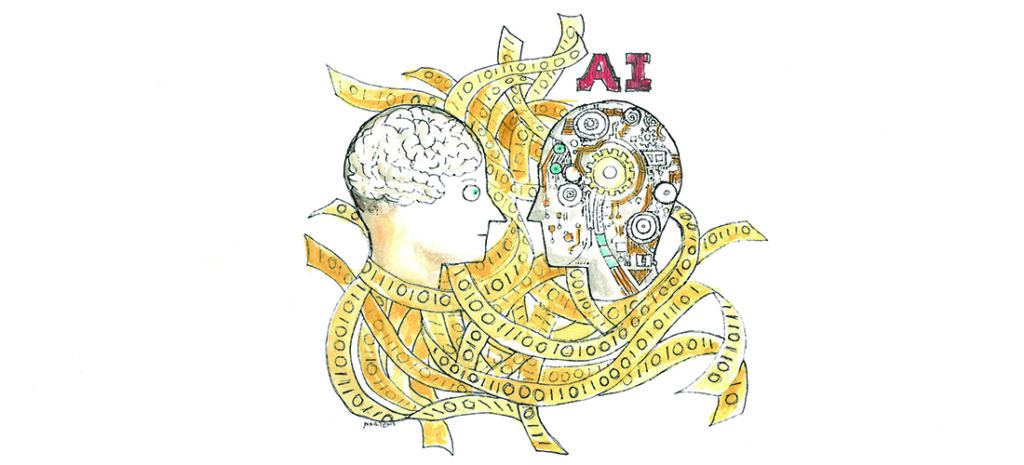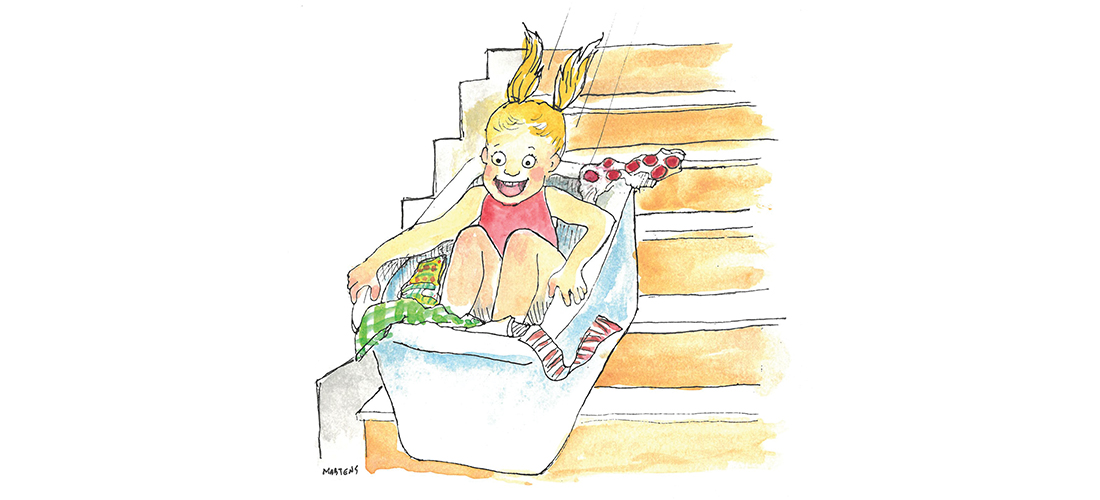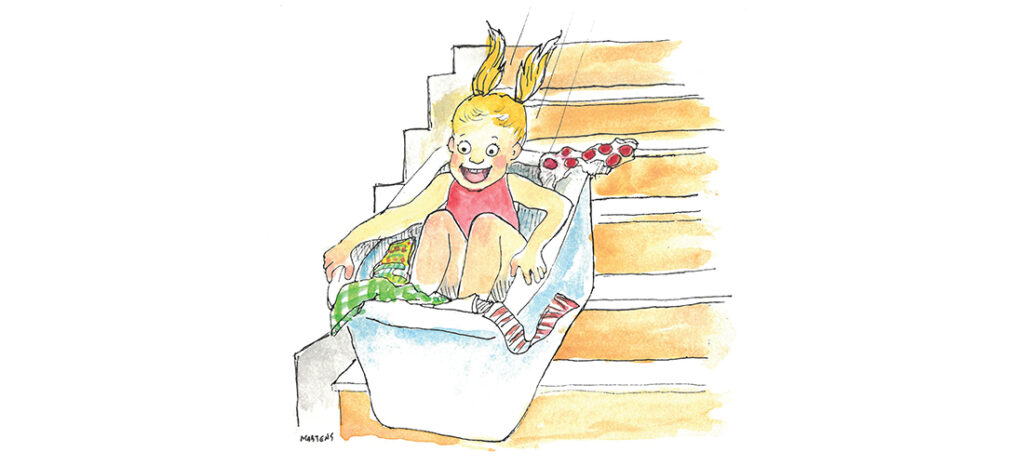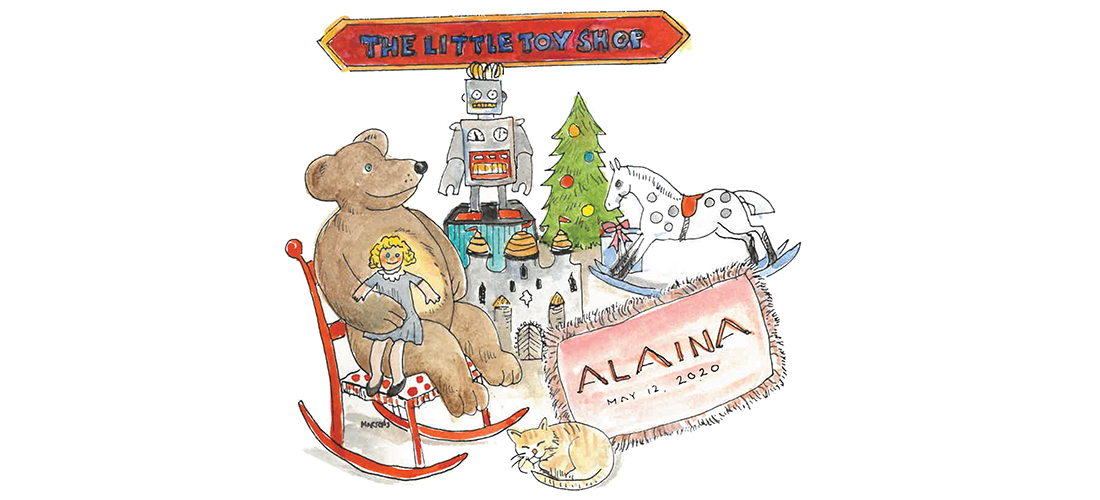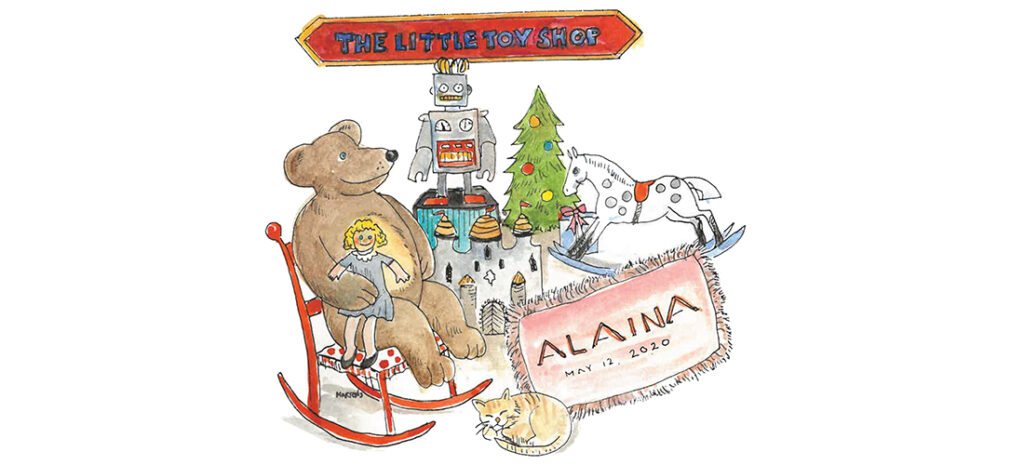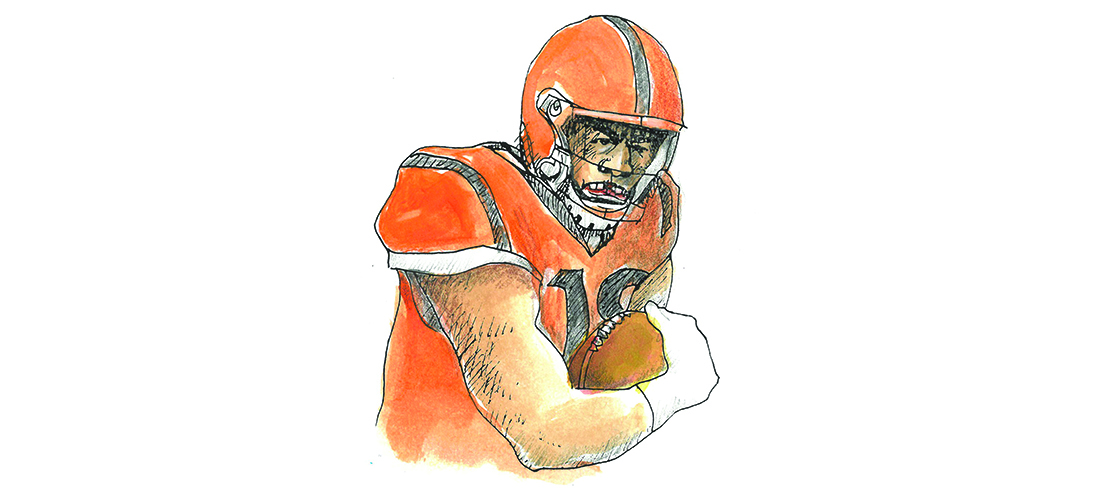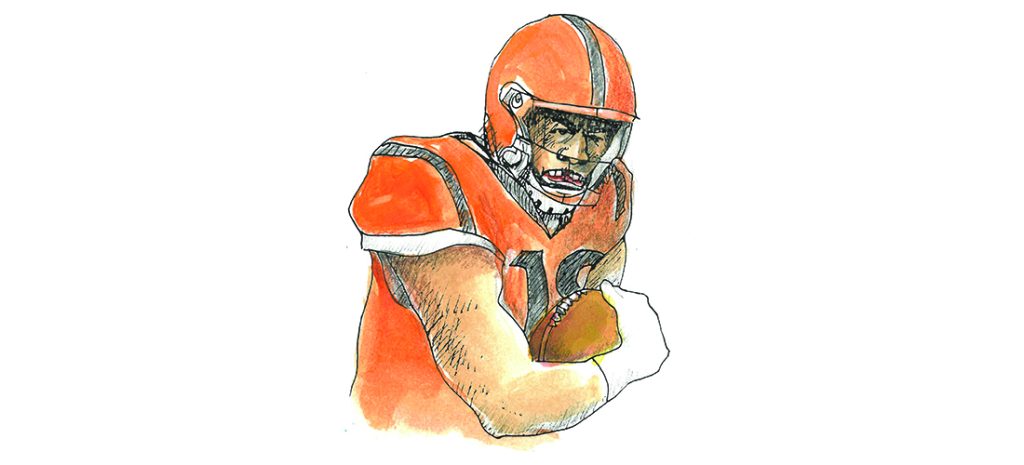Southwords
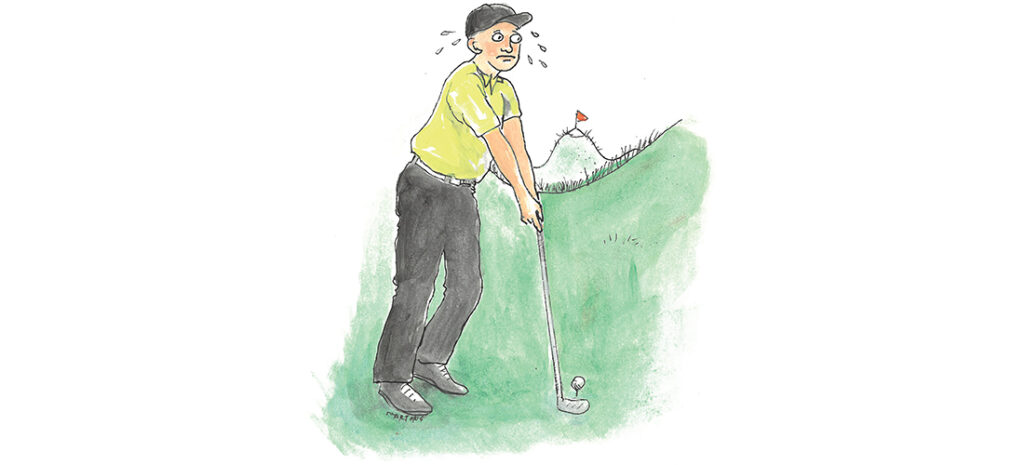
Buckle Up
Welcome to the U.S. Open
By Eddie Pearce
The U.S. Open is different. You’re on a razor’s edge the whole time. You play in your club championship you’ve got a gallery of 80 or 100 people following you and it feels like 10,000. On Tour you learn to block the gallery out. But in the U.S. Open you can hear a fly because your radar is up. Every nerve is firing.
You think the U.S. Open is fun? Maybe if you’ve got a cold beer and a hot dog in your hands. Not if you’re a player. Remember the massacre at Winged Foot? I’ll never forget it. Hale Irwin won at seven over par. Seven. I shot 84-78 the last two days. I was brutalized and so was everybody else. It rained Sunday and I couldn’t play fast enough. It was miserable. It was just so draining. It was the pressure of the Open, for one, and then it was the condition of the golf course. You could never relax. Jack Nicklaus bogeyed the first four holes he played. Most miserable week of my life.
It starts on the tee box. You’re visualizing your tee shot but then here comes, in the back of your head: Don’t hit it right. Don’t hit it left. And the greens? I played in the Open at Oakmont in ’73. The putting green runs from the back of the 9th green to the clubhouse. You could flick a ball from the clubhouse steps and it would roll all the way down and through the 9th green. We never saw stuff like that. That was the year Johnny Miller shoots 63 on Sunday and the next year we get massacred at Winged Foot.
But, hey, not all my memories of the U.S. Open are nightmares. The best finish I had in a major was in the Open at Medinah in ’75 — a T14, good enough to get me into the Masters the next year. My best friend was a dentist in Orlando. He got married right before the Open started and he called me up and said, “I figured out where I’m going for my honeymoon. I’m coming to Chicago to follow you around in the Open.” He and his wife flew up and he followed me every hole for his honeymoon. Kept me relaxed. His wife never did like me.
You do all kinds of things to get ready to play in an Open. Hell, you’d carry a baseball bat instead of a 3-wood if you thought it would help. Before Oakmont I went to the Cobra factory. The Baffler had just come out. We tested it in San Diego by putting the ball in the crack of the sidewalk at the plant and hitting it over the freeway. It came right out of that lie and I said, “I need this for Oakmont.” I used it a lot, too.
The Masters isn’t anything like an Open. The Open Championship isn’t anything like an Open. You can’t get aggressive. They won’t allow you to do that. Golf’s always been 80 percent mental but it’s 95 percent mental in the U.S. Open. You’ve got to be physically strong and you’ve got to be mentally strong — and have no fear.
Pinehurst No. 2 is a great driving golf course but you’ve got to keep it in play. Where they can put those pins, you’ve got to have it off the short grass to be able to position your second shot. If you miss a fairway, then it’s luck. You get in a clump of that love grass, you’ve got a problem.
If you’re an American, the U.S. Open is the deal. You want to win your national championship. There’s no other tournament. I don’t care what you say. There’s no other tournament that even comes close to the pressure that you put on yourself. That’s golf. You answer to yourself and that’s the only person you answer to. Now you’re playing for the biggest deal in the world. It’s a tough enough game without all that stuff running in your head. In the game of golf, it’s the ultimate tough man competition. PS
Long before he became part owner of Southern Pines Nissan Kia, Eddie Pearce — winner of the 1971 North and South Men’s Amateur on Pinehurst’s No. 2 course — was one of the most highly regarded amateur and young professional players of the 1970s. Between 1968 and 1979 Pearce played in eight U.S. Opens.

